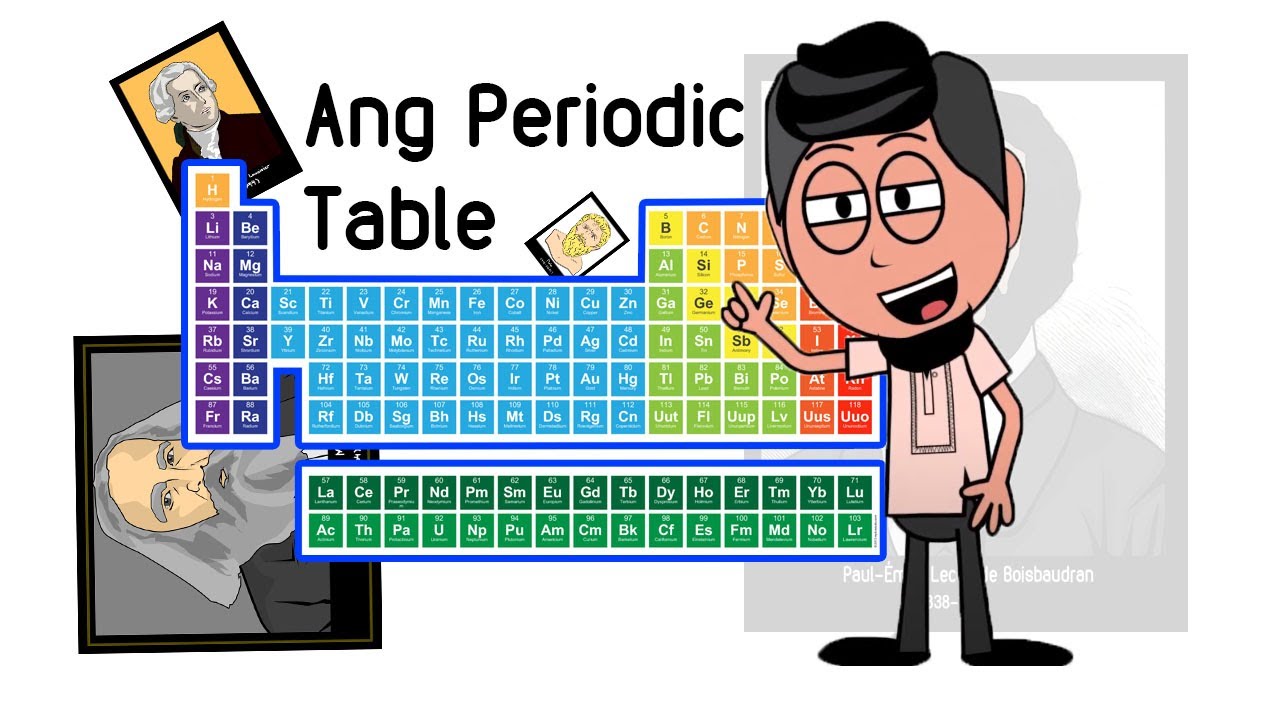Bonding in Ceramics: Understand the Physical & Chemical Properties of Ceramics | #EME230
Summary
TLDRThis video explores the relationship between ceramics and materials science, focusing on the periodic table's elements and their properties. It covers the distinction between metals and non-metals, the characteristics of ceramics, and the types of bonding (ionic and covalent) that influence ceramic properties like hardness, brittleness, and melting point. The lecture also explains the concept of ionic character and its role in determining the behavior of ceramics in engineering applications. This information is essential for selecting the right materials for specific projects, emphasizing the importance of understanding bonding in ceramics.
Takeaways
- 😀 Ceramics are made from inorganic non-metallic elements, typically a combination of metals and non-metals from the periodic table.
- 😀 Metals are generally found on the left side of the periodic table, and they are shiny, ductile, malleable, and good conductors of electricity and heat.
- 😀 Non-metals, located to the right of the periodic table, are dull, brittle, poor conductors, and tend to have low melting points.
- 😀 Metals tend to lose electrons easily and corrode, while non-metals typically gain electrons and do not corrode.
- 😀 Ceramics can be partially or completely ionic, with ionic bonding contributing to their high melting points, stiffness, hardness, and brittleness.
- 😀 The bonding in ceramics is characterized by ionic and covalent bonding, with ionic bonding being a key feature.
- 😀 The ionic character in ceramics can be quantified using a formula involving the relative electronegativity of the elements involved.
- 😀 Lonus Polling's work on ionic character allows engineers to determine the percentage of ionic versus covalent bonding in ceramics, which influences their properties.
- 😀 For example, aluminum oxide has 60% ionic character, with the remaining 40% being covalent.
- 😀 Ceramics are generally brittle because dislocations (the movement of atoms under stress) do not easily occur, unlike metals which deform plastically under stress.
- 😀 The ionic character of ceramic materials plays a critical role in determining their suitability for various engineering applications, influencing their hardness, melting point, and overall performance.
Q & A
What is the main topic of the lecture?
-The main topic of the lecture is ceramics, focusing on the elements that make up ceramics, their properties, and how the periodic table and bonding types relate to ceramic materials.
What is the significance of the periodic table in understanding ceramics?
-The periodic table helps categorize elements into metals and non-metals, which is crucial for understanding the composition of ceramics. Ceramics are typically made of non-metallic inorganic elements that can interact with metallic elements.
How does the physical property of metals differ from non-metals in the context of ceramics?
-Metals are shiny, good conductors of heat and electricity, ductile, and malleable, while non-metals are dull, poor conductors, brittle, and have low melting points. These differences influence the properties of ceramics that are based on non-metallic elements.
Why are metals commonly used in engineering despite their tendency to corrode?
-Metals are widely used in engineering due to their ductility, malleability, and ability to conduct heat and electricity, which makes them easy to shape and useful for various applications, despite the challenge of corrosion.
What makes ceramics more corrosion-resistant than metals?
-Ceramics, being composed of non-metallic elements, tend to gain electrons rather than lose them like metals. This behavior makes them less prone to corrosion compared to metals, which easily lose electrons and corrode.
What are the two main types of bonding in ceramics?
-The two main types of bonding in ceramics are ionic bonding and covalent bonding. Ceramics can have purely ionic bonds or a combination of ionic and covalent bonds, depending on the elements involved.
How is the ionic character of a ceramic material calculated?
-The ionic character of a ceramic material is calculated using Linus Pauling's formula, which involves the relative electronegativities of the elements forming the ceramic. The formula is: 1 - exp[-0.5 * (X_A - X_B)], where X_A and X_B are the electronegativities of the elements involved.
What does a higher ionic character in ceramics imply?
-A higher ionic character in ceramics implies that the bonding between elements is more ionic in nature, leading to higher melting points, greater hardness, and increased brittleness, as well as better corrosion resistance.
What are the typical properties of ceramics due to their ionic or covalent bonding?
-Ceramics with ionic or covalent bonding are typically stiff, hard, and brittle. They have high melting points and are resistant to corrosion. However, their brittleness is due to the difficulty of dislocation movement, which prevents plastic deformation.
Why is understanding the ionic character important for engineers working with ceramics?
-Understanding the ionic character of ceramics is important for engineers because it helps determine the material's suitability for specific applications. It influences the ceramic's strength, hardness, brittleness, melting point, and corrosion resistance, all of which are critical for choosing the right material for an engineering project.
Outlines

This section is available to paid users only. Please upgrade to access this part.
Upgrade NowMindmap

This section is available to paid users only. Please upgrade to access this part.
Upgrade NowKeywords

This section is available to paid users only. Please upgrade to access this part.
Upgrade NowHighlights

This section is available to paid users only. Please upgrade to access this part.
Upgrade NowTranscripts

This section is available to paid users only. Please upgrade to access this part.
Upgrade NowBrowse More Related Video
5.0 / 5 (0 votes)





